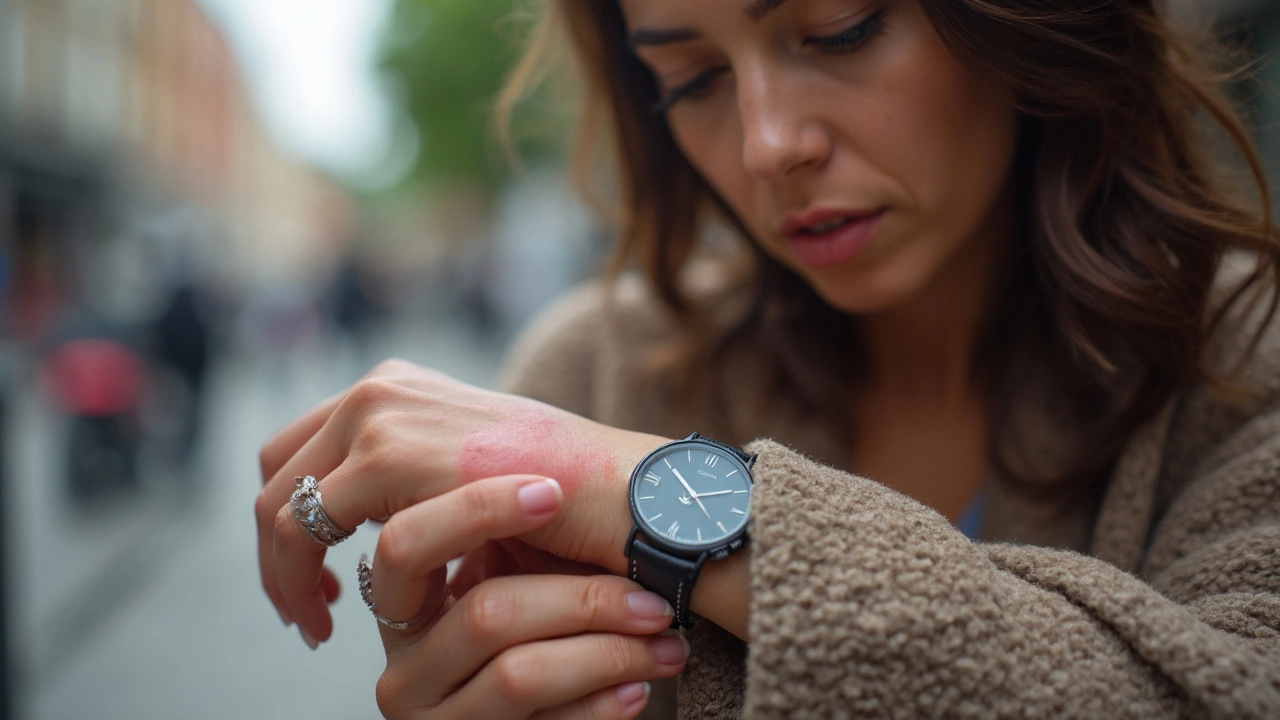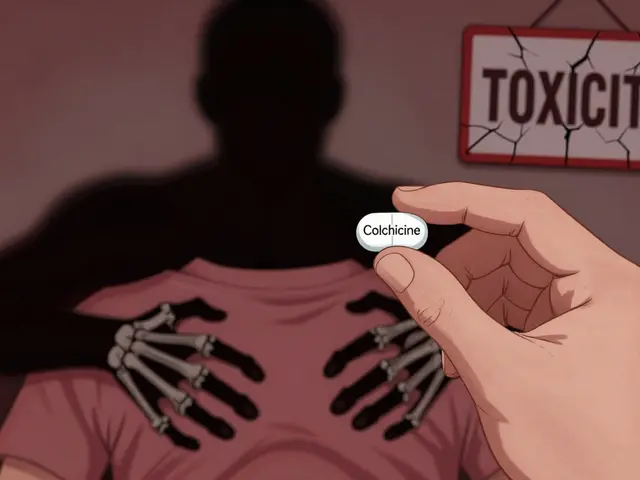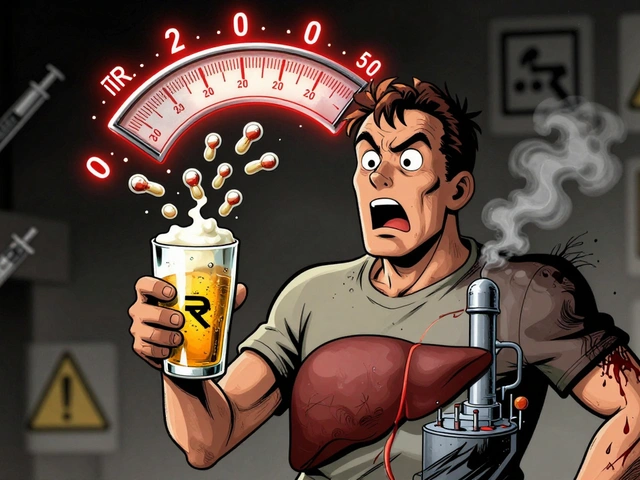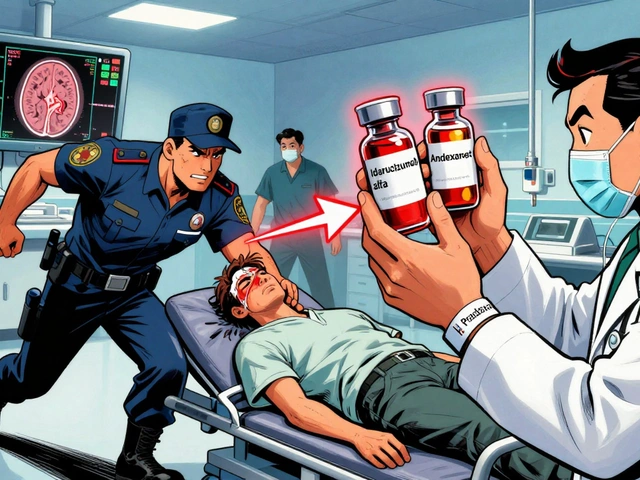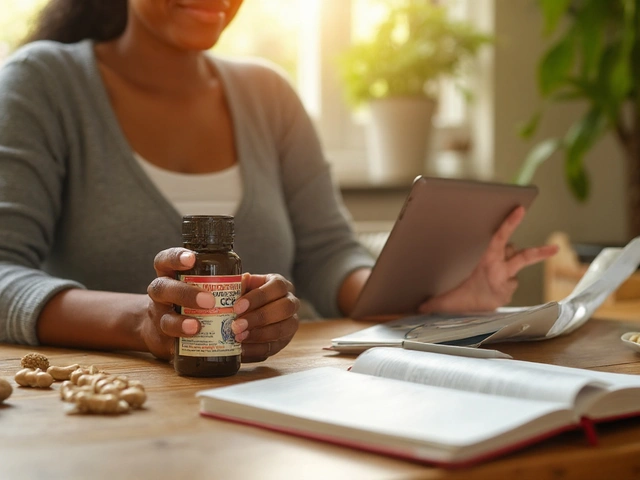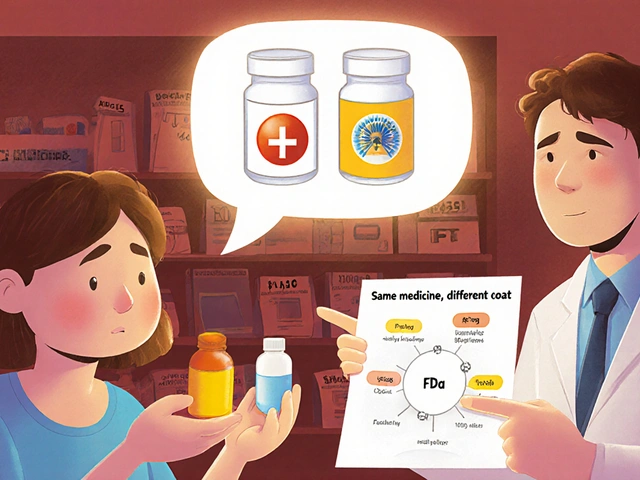Nickel Allergy: What Triggers It and How to Keep Your Skin Calm
If you’ve ever gotten a red, itchy patch after touching a watch strap or a zipper, you might be dealing with a nickel allergy. It’s one of the most common metal sensitivities out there, and it shows up as a rash that looks like a tiny burn. The good news? You can spot the signs early and take steps to stop the itch before it spreads.
Why Your Skin Reacts to Nickel
Nickel is everywhere – from cheap jewelry and belt buckles to phone cases and kitchen utensils. When your skin comes into contact with nickel, some people's immune system sees it as an invader. The body then releases chemicals that cause inflammation, leading to the classic red, swollen, sometimes blistery patch known as contact dermatitis.
Not everyone reacts the same way. Some people can wear a nickel‑filled earring for weeks without any trouble, while others break out after just a few minutes of exposure. Genetics play a role, and repeated exposure can make the reaction worse over time.
Spotting the Symptoms
The first clue is usually itching or a tingling sensation right where the metal touched your skin. Within hours or days you might see:
- A red, raised rash that spreads outward
- Small blisters that may ooze
- Dry, scaly patches after the blister heals
These symptoms can look like any other eczema flare, so if you suspect nickel, think about recent contact with metal objects.
If the rash doesn’t improve after a few days of avoiding the trigger, or if it spreads far beyond the original spot, see a dermatologist. They can confirm the allergy with a simple patch test.
Practical Ways to Avoid Nickel
Once you know nickel’s your enemy, the next step is cutting down exposure:
- Choose jewelry labeled “nickel‑free” or made of stainless steel, titanium, or gold (14 K or higher).
- Swap out metal watch straps for leather, silicone, or fabric alternatives.
- Check the back of coins, keys, and tools – coating them with clear nail polish can create a barrier.
- When buying new items, look for “hypoallergenic” tags. It’s not a guarantee, but it usually means less nickel.
If you work in an environment where metal is part of the job (like construction or manufacturing), wear gloves and wash your hands thoroughly after shifts.
How to Calm an Existing Reaction
The moment a rash pops up, start treating it right away:
- Wash the area with mild soap and cool water – avoid hot showers that can worsen inflammation.
- Apply over‑the‑counter hydrocortisone cream (1%) to reduce redness and itching. Use it for no more than a week without doctor advice.
- Take an oral antihistamine like cetirizine if the itch is intense.
- Keep the skin moisturized with fragrance‑free creams; dry skin can make the rash last longer.
If you notice blisters, don’t pop them. Cover them loosely with a sterile bandage and let them breathe. If the rash spreads, becomes painful, or shows signs of infection (pus, fever), get medical help immediately.
Long‑Term Management
Living with a nickel allergy is mostly about awareness. Keep a small notebook or phone note listing items that caused reactions – it helps you spot patterns fast. When traveling, pack a few hypoallergenic accessories so you’re not stuck wearing the same irritating bracelet for days.
Remember, many people outgrow sensitivities over time, but some stay sensitive forever. Regular check‑ins with your dermatologist can keep you updated on any new treatment options, like prescription‑strength steroids or newer non‑steroid creams that target inflammation directly.
Bottom line: nickel allergy is a manageable skin issue once you recognize the triggers and have a plan for quick relief. By swapping out common sources of nickel and treating flare‑ups promptly, you can keep your skin clear and comfortable – no more mysterious rashes ruining your day.

